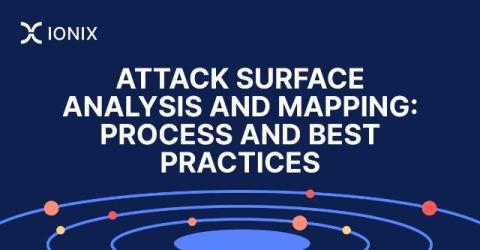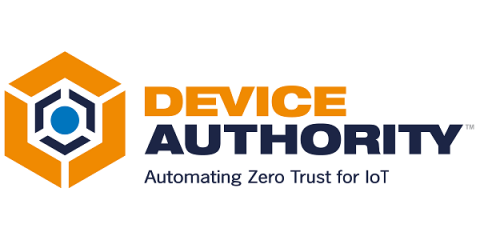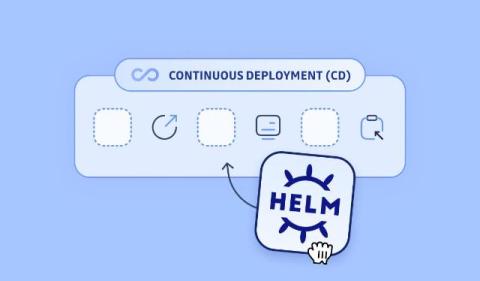Attack Surface Analysis & Mapping Step By Step
Attack surface analysis and mapping are a crucial first step in the attack surface management (ASM) process. Before an organization can effectively manage its attack surface, it needs to have a complete understanding of what that attack surface is. Attack surface analysis and mapping provides this initial understanding by inventorying an organization’s assets, their vulnerabilities, and the potential threats that they may face.











